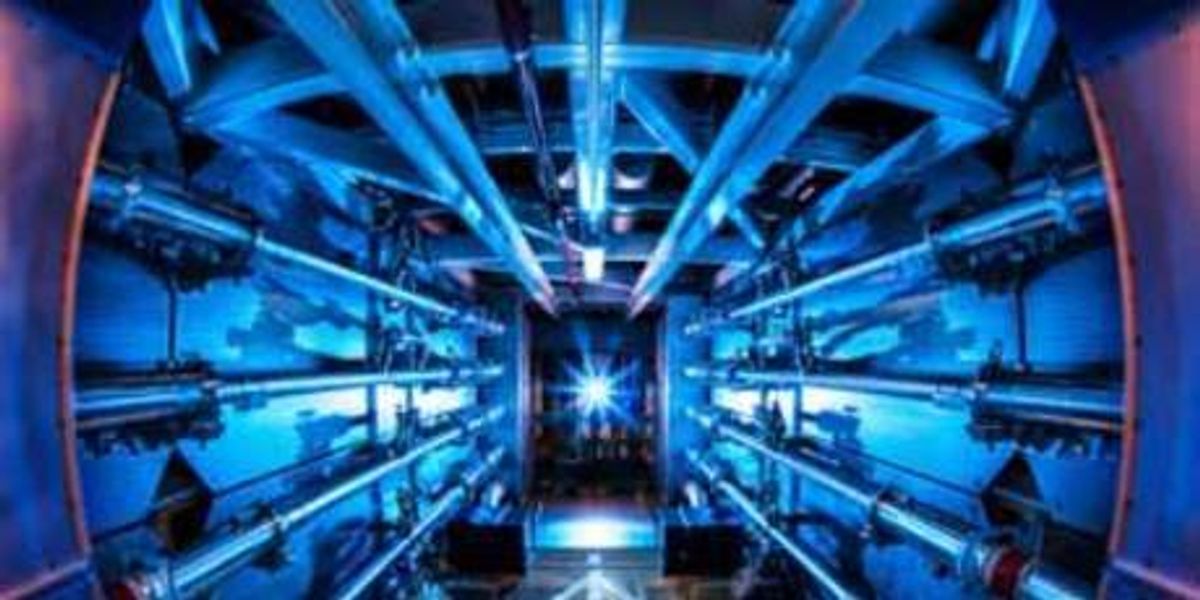Five billion dollars over its original budget and years behind schedule, the National Ignition Facility (NIF) deserves to be recognized as perhaps the biggest and fattest white elephant of all time. The giant laser facility at Lawrence Livermore Lab in California first was conceived as a major project to demonstrate one of two alternative paths to harnessing the "energy of the stars" for power production, which is called inertial confinement fusion (the other, somewhat more credible path being magnetic confinement fusion).
Years ago, when the energy rationale for laser fusion began to look a little implausible and the projected cost of NIF already had ballooned from $2 billion to $4 billion, its promoters began to sell it to Congress and the Department of Energy as a means of simulation-testing nuclear weapons. The idea that the reliability of nuclear warheads could be evaluated by making laser beams collide in a microscopic point may never have seemed very plausible to the average layperson. As it happens, it didn't seem very plausible to most experts either: Richard Garwin, for decades the most highly regarded independent specialist on nuclear weaponry in the United States, told IEEE Spectrum six years ago that it would be "a mistake to assume that NIF experiments are going to be directly relevant to weapons testing.The temperatures in the NIF chamber are much lower than they are in actual nuclear weapons, and the amounts of material being tested are much smaller." But that didn't stop the U.S. Department of Energy from recommending the project and Congress from funding it.
With the total tab for NIF now running to an estimated $7 billion, the laboratory has been pulling out all the stops to claim success is just around the corner. At the beginning of July, it announced that 15 years of work had paid off in "an historic record-breaking laser shot," in which 192 beams delivered more than 500 trillion watts of peak power and 1.85 megajoules (MJ) of ultraviolet laser light to its target." The lab's leaders predict that "ignition"-—the point where the 192 lasers actually deliver more energy than they consume—could occur as early as next year.
But "next year" already is years behind schedule, and so far, as William Broad reported in the New York Times last week, NIF simply "has not worked." Donald L. Cook, an official at the National Nuclear Security Administration who oversees the laser project, told Broad—who for decades has been the Times’s leading reporter on all matters relating to nuclear weapons—that "we're going to settle into a serious investigation" of what has gone wrong.
Having sold the fusion facility in its current incarnation as a device for testing the reliability of nuclear weapons, the lab's leaders now are back to selling it as an energy machine. The lab's director told CBS's "60 Minutes" earlier this year that NIF's aim is to generate "clean, limitless power." He said that would free the United States of greenhouse gas emissions and dependence on Mideast oil, and that commercialization of the technology could begin in ten years.
Unbelievable! For decades the joke about magnetic confinement fusion--much the more plausible approach to harnessing the energy of the sun--is that the technology is always 20 years away. So when will inertial confinement fusion be delivering commercial electricity? That one is easy. Never.



